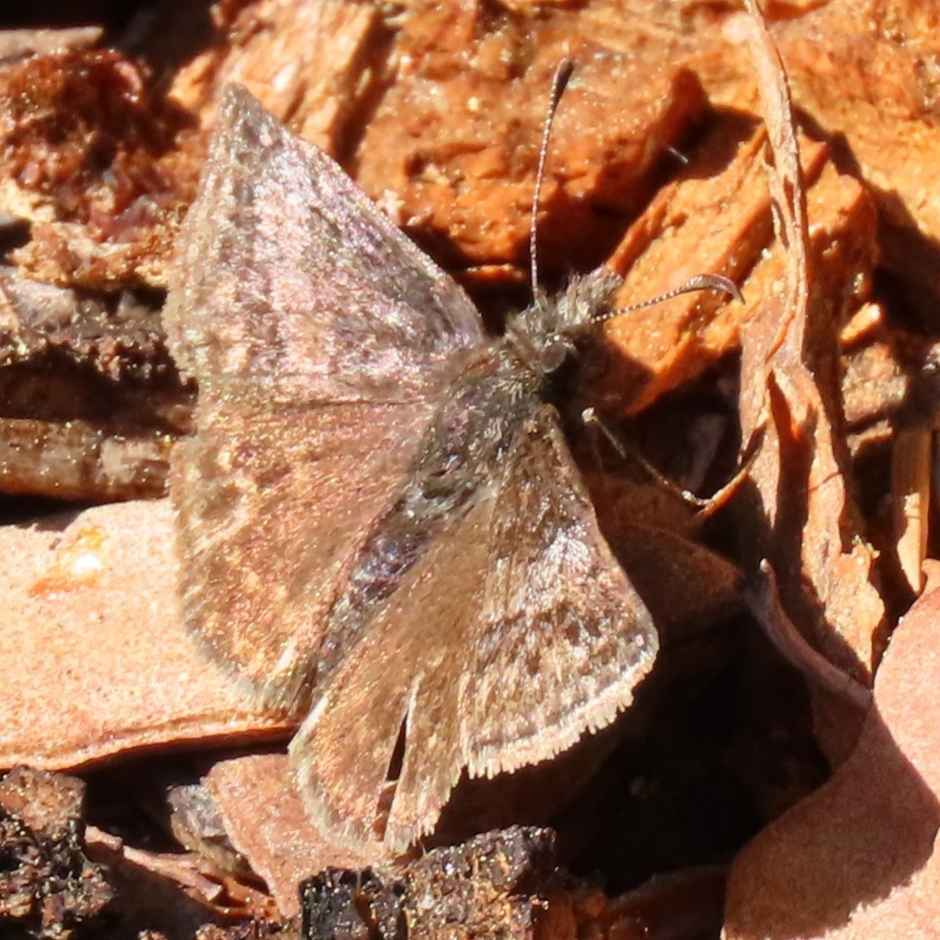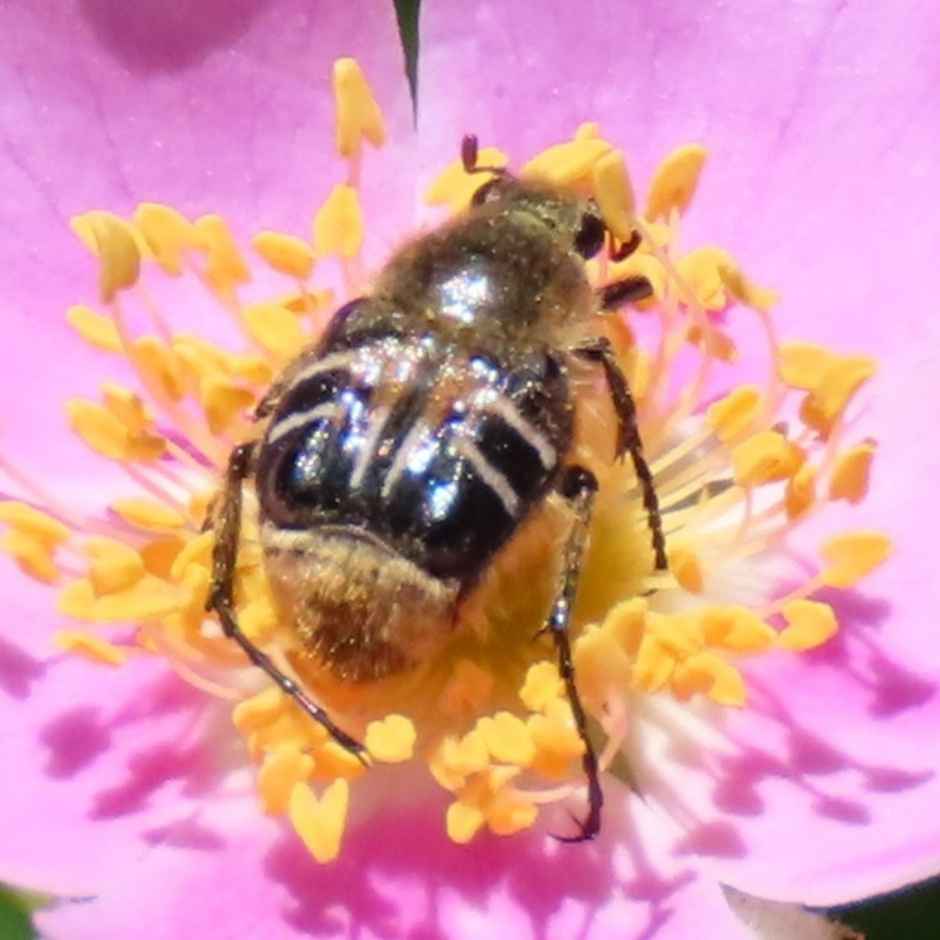While the cool, wet weather last week may have slowed down the submissions to What’s Buzzin’, summer is underway, and bug activity continues to increase! Check out some of the wonderful diversity of bugs people have seen recently!
Submit your bug pictures to bugid@missoulabutterflyhouse.org (and remember to include your name, the date, and the location where you took the photo)!
Header photo: This is a Dolichomitus imperator, a parasitoid wasp. They are pretty rare in this area, and a cool find. The long ovipositor is used to drill down into wood to lay an egg on the larvae of another insect. – David Slottje, June 13, 2025, Missoula, MT

White-Shouldered Bumblebee
Bombus appositus
Bumblebees are not always easy to identify, but we think we’ve got the identification correct on this one. This large bumble bee species can be found throughout much of western North America from NM to Alberta. They prefer open meadows and granitic soil slopes, nesting either underground or on the surface. They tend to be most abundant in July and August.
Amy Lariviere, June 15, 2025, Missoula, MT

Western Eyed Click Beetle
Alaus melanops
These large beetles (with noticeable eyespots) inhabit coniferous forests and are typically found from June through July. Their larvae live in dead or dying tress and feed on the larvae of woodborers that feed on pine. Along with 5 other click beetles in this genus, they have a spine on the underside of their thorax, which fits into a groove on their chest. If threatened, the beetle can quickly snap the spine into the groove, creating an audible “click” that also launches the beetle into the air.
Klara Briknarova, June 13, 2025, Missoula, MT

Eight-Spotted Skimmer
Libellula forensic
This medium-sized dragonfly reaches a length of about 2 inches. They are found west of the Rockies in Canada and the U.S., inhabiting a variety of lakes, ponds, and sloughs. Unlike many dragonfly species, Eight-spotted skimmers can also be found away from water in upland areas and clearings.
Klara Briknarova, June 11, 2025, Missoula, MT

Hydaspe Fritillary
Speyeria hydaspe
There are a number of fritillary species flying right now and they can be difficult to tell apart, especially since they seem to be flying all the time. This western species can be found in open area, especially riparian habitats and meadows in coniferous forests. The larvae feed on violet species.
Kelly Dix, June 17, 2025, Missoula, MT

MacCullock’s Forester Moth
Androloma maccullochii
The MacCulloch’s flies in spring and summer, generally earlier at low elevations and later at higher elevations. Larvae are specialists of various plants in the evening primrose family, including clarkia, fireweed, and evening primrose. This moth is widely distributed in open habitats across Canada, extending throughout much of western North America.
Klara Briknarova, June 18, 2025, Victor, MT

Western Conifer Looper
Caripeta aequaliaria
This beautiful moth, also commonly called the Red Girdle Moth, tends to be found later in the summer or early fall. Larvae feed on pines, including Douglas-fir, Lodgepole, Ponderosa, Western White, and Western Hemlock. They are primarily found in coastal and mountain coniferous forests.
Sal Cullota, June 22, 2025, St.Ignatius, MT

Cuckoo Wasp
Family Chrysididae
These tiny wasps are primarily parasites in the nests of other wasps or bees. Their metallic green color, combined with their high activity level, make them look like little jewels bouncing around.
Lisa Choo, June 13, 2025, Turah, MT

Western Tailed-Blue
Cupido amyntula
These tiny butterflies (wingspan of only an inch) are one of our smaller species of “blues”. While the tail is small and hard to see, the Western Tailed-Blue is the only blue butterfly in the west with a “tail”. Adults can be found from late May into mid July from Alaska south through western North America — all the way down to northern Baja California.
Kelly Dix, June 17, 2025, Missoula, MT

Dreamy Duskywing
Erynnis icelus
The dreamy duskywing is a skipper butterfly that takes wing from April-July. This species is widespread, found across the United States and north into Canada, although northern species tend to be smaller than their US counterparts. Like many skipper species, the caterpillars form a leaf shelter to overwinter in, emerging in the early spring to pupate.
Kelly Dix, June 17, 2025, Missoula, MT

Bee Mimic Beetle
Trichiotinus assimilis
These fuzzy flower scarabs are easily recognized for their striking whitish-yellow striped pattern; though no one would blame you for mistaking them for a bumblebee. When in flight, these beetles are loud, and combined with their other bee-like characteristics, it may be hard to tell the difference until they land and offer a closer look. Beetles in this genus may be difficult to tell apart, but their range provides clues, with T. assimilis occurs across southern Canada and into the Rocky Mountain west.
Kelly Dix, June 17, 2025, Missoula, MT